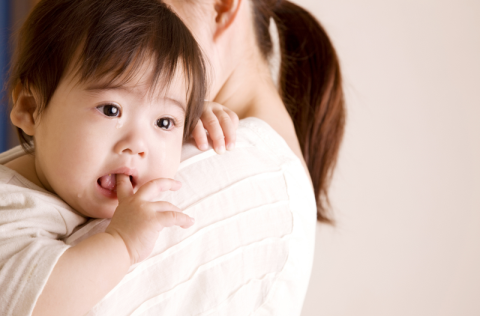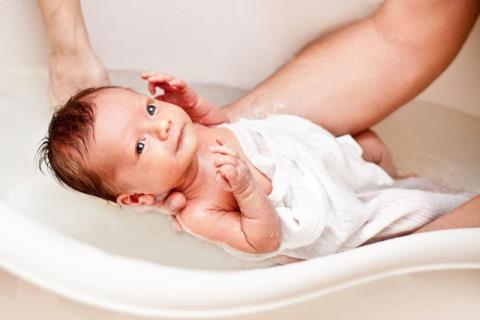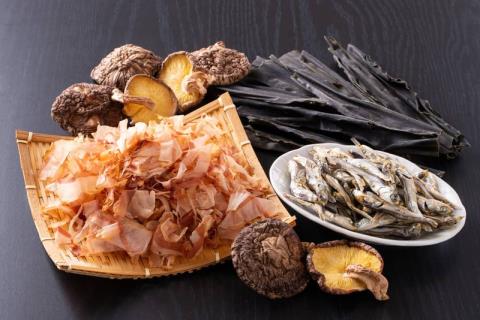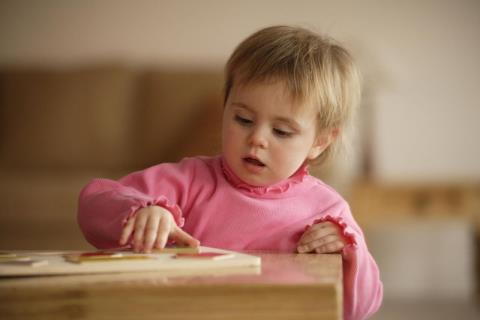Sputum is a factor that helps protect the respiratory tract. But sometimes for various reasons, the sputum is produced more than usual, causing the baby to have difficulty breathing, stuffy nose, irritability and fussiness. At this time, mothers can apply some effective ways to relieve phlegm in babies and children to reduce discomfort for children!
The accumulation of phlegm in the nasal cavity and throat can make it difficult for children to breathe, sleep and cry. So what is the cause of this situation? How to help effectively remove phlegm? Today's article will tell you how to relieve phlegm in babies and young children effectively and safely!
Causes of a stuffy nose due to phlegm in infants and young children
The size of the nostrils in infants and young children is quite small, so it is easy to encounter congestion by sputum. When affected by agents that irritate the respiratory tract, they will make the sputum secrete more and more dense. Some irritants that cause increased sputum production in infants and young children include:
- The weather changes;
- Viruses, bacteria, molds;
- Cigarette smoke;
- Dust and air pollution;
- Chemistry.

Causes of a stuffy nose due to phlegm in infants and young children
Some more serious causes such as:
At this time, the mother may see that the child has symptoms such as stuffy nose, cough, sneezing, difficulty breathing, snoring while sleeping. In some cases, the sputum will thin out on its own and come out on its own or be expelled when the child sneezes or coughs.
How to effectively remove phlegm in babies and children at home
During development, children will gradually learn to cough, sneeze and blow their nose to clear mucus from the nose and throat. For babies, if the stuffy nose is not uncomfortable for the baby and does not affect the ability to suckle and sleep, the mother does not need to be too worried. But if the baby has a stuffy nose, cough and discomfort, fussiness and difficulty breathing, then the mother needs to pay attention to monitor and use some ways to clear phlegm in the newborn.
For infants and children under 1 year of age, pediatricians have recommended that medicines (including prescription and over-the-counter medicines) should not be used to treat common colds, coughs, and flu. often. Instead, mothers can apply some methods of sputum expectoration for children at home such as:
1. Add enough liquid
When the body is replenished with enough fluids, the mucus that the body produces on its own will thin out and make it easier for children to sneeze, cough or blow their nose to get rid of them. In addition to increasing breastfeeding will also increase the fluid for the baby, the mother can give the baby water to drink if it is too hot and the baby's skin is too dry.
For infants and children under 6 months of age, mothers absolutely should not give water to children without the advice of doctors. Especially babies because it can cause water intoxication. To make sure your baby is getting enough fluids, you need to feed your baby enough (breast milk or formula), increasing the number of feedings and the length of each feeding.

Tips on how to effectively remove phlegm in infants and young children at home that mothers should know
2. Use a nasal aspirator recommended by your doctor
Sputum accumulation makes babies feel uncomfortable and fussy, mothers can use safe tools to remove phlegm in the baby's nasal cavity. For example, a bulb syringe, a rubber suction bulb or a nasal aspirator. And mothers need to pay attention, clean these tools before using to avoid infection when used for children.
Before sucking the nose, you can soften the nasal cavity and thin the sputum for the baby by putting a few drops of physiological saline into each side of the baby's nose. When sucking the baby's nose, raise the baby's head slightly to avoid choking. Repeat this procedure 2-3 times a day. Mucus is necessary for babies to keep moist and soften the lining of the nose and throat, so mothers should not remove them completely.
3. Use physiological saline to drop the nose
Mothers can buy physiological saline at pharmacies to ensure safety for babies. In addition to the use of thinning sputum, physiological saline also helps to aspirate the nose easier. Physiological saline is recommended to be used whenever a child has a stuffy nose, difficulty breathing due to phlegm or before breastfeeding. For young children, the mother can drop about 2-3 drops into each nostril, then hold the child in a standing position so that the mucus is easily drained. For older children, after instilling in the child's nose, encourage the child to blow their nose and gently wipe it off with a soft cloth.
Use physiological saline for nose drops
4. Pat the child on the back
One of the effective ways to remove phlegm in babies and children is to pat the baby on the back. Mother, please put the child on the knee, cup the hand and gently pat the child's back to help the child clear phlegm in the bronchi. However, mothers should note that only patting the lung area should be avoided, avoiding the child's spine or abdomen.
5. Removes respiratory irritants
When your baby has a stuffy nose, you need to get rid of irritants around the baby such as dirt, mold, cigarette smoke or anything that can cause allergies to the baby. At the same time, regularly clean blankets, cushions, children's clothes and other items in the house. This also helps to minimize the risk of young children and infants having a stuffy nose.
Hopefully the sharing on how to effectively remove phlegm in babies and children in the above article can help mothers have more tips to take better care of your baby!








